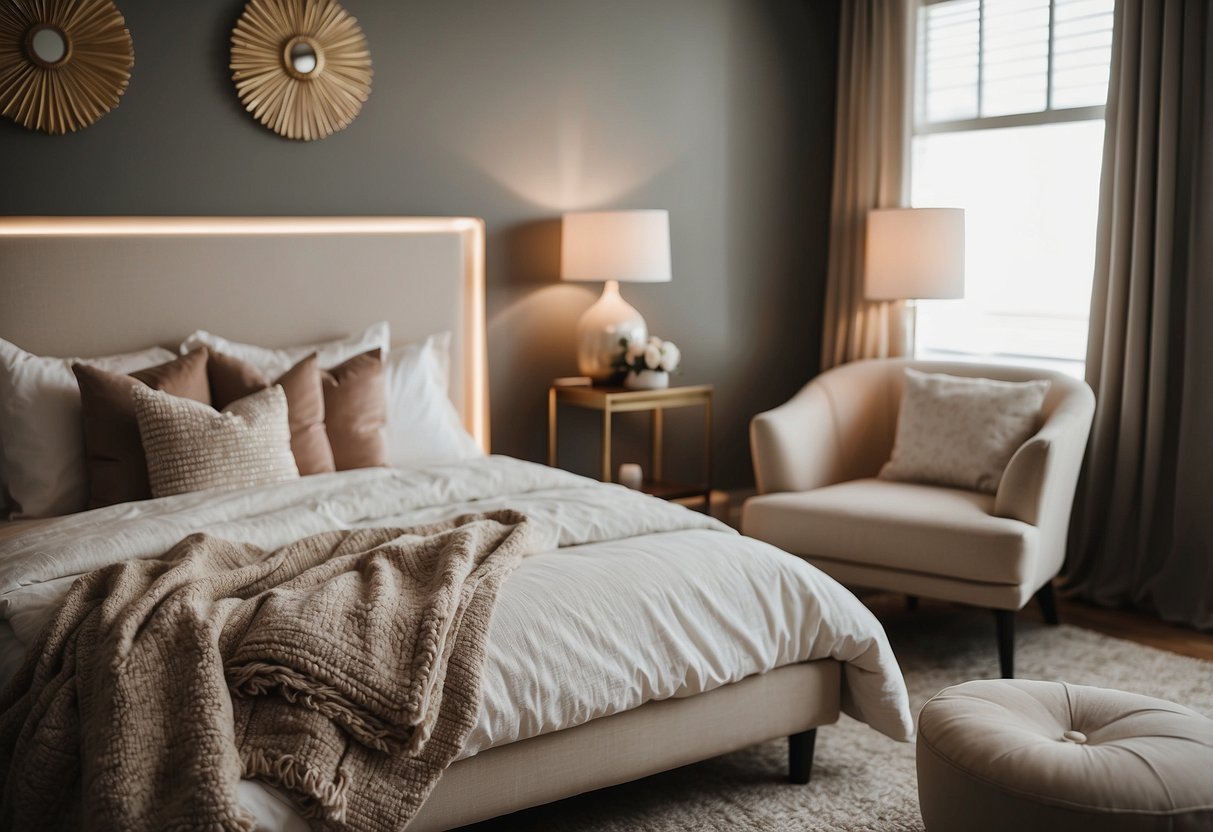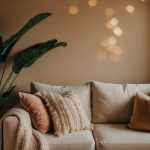Transform Your Bedroom into a Relaxing Retreat: Tips from Experts
Furniture Essentials and Style

Creating a relaxing bedroom retreat involves selecting multifunctional furniture and ensuring it matches the room’s theme. These aspects enhance both the functionality and aesthetics of the space.
Choosing Multifunctional Pieces
Multifunctional furniture is key to optimizing space and adding versatility. For instance, a bed with built-in storage drawers can save space and reduce clutter. An ottoman that doubles as storage can offer both seating and a place to stow blankets or linens.
A desk that converts into a vanity provides a workspace by day and a grooming station by night. Nightstands with charging ports simplify tech organization, reducing wires and keeping gadgets handy. Prioritizing these pieces makes a room more adaptable and clutter-free.
Matching Furniture with Themes
Aligning furniture with a chosen theme enhances the cohesiveness of the bedroom. For a modern look, sleek lines and minimalist designs in neutral colors work best. Rustic themes benefit from wooden pieces with distressed finishes and earthy tones.
For a coastal vibe, whitewashed furniture and accents in blues and greens evoke a beachside feel. Mid-century modern themes call for furniture with tapered legs and retro designs. Ensuring all pieces share common elements such as color, finish, or style ties the room together and reinforces the desired aesthetic.
Integrating Nature with Indoor Plants
Adding plants to your bedroom can create a relaxing and refreshing atmosphere. Indoor plants not only enhance the visual appeal of the space but also offer benefits like improved air quality and stress reduction.
Best Bedroom Plants for Relaxation
Certain plants are particularly well-suited for the bedroom. Snake plants, known for their ability to convert CO2 into oxygen at night, can enhance air quality. Lavender, with its soothing scent, can help promote a sense of calm and enhance sleep quality. Another excellent option is the peace lily, which not only looks elegant but also acts as a natural air purifier.
For those looking for a low-maintenance choice, English ivy is a great option. It’s easy to grow and can improve air quality by reducing mold. Additionally, spider plants are resilient and can effectively remove toxins from the air. Selecting the right plants ensures not only aesthetic enhancement but functional benefits too.
Caring for Your Bedroom Greenery
Keeping bedroom plants healthy involves understanding their specific care requirements. Most indoor plants need indirect sunlight, so placing them near a window with filtered light is ideal. Overwatering can harm plants; it’s better to let the soil dry out between waterings for most species. Proper drainage in pots is essential to prevent root rot.
Regularly dusting the leaves will keep them looking fresh and enable better photosynthesis. Some plants may also require occasional pruning to maintain their shape and health. Using a water mister can help increase humidity, which is particularly beneficial for tropical plants. By providing the right care, bedroom plants can thrive and continue to offer their benefits.



